Grace Design MOXi
A new two-channel acoustic instrument preamp from Colorado’s studio gear specialists.
Based in Lyons, Colorado, Grace Design was already a major player in the world of high-end mic preamps and studio gear when it released its FELiX acoustic-instrument preamp about a decade ago (check out our demo!). Run by brothers Michael and Eben Grace, the award-winning company was founded in the early 1990s, and it has built a reputation for great sound and solid construction. Grace entered the acoustic amplification market at the high-end with the FELiX, which offered high-grade components, rugged construction, and just about every feature imaginable. Despite a street price of about $1,250, the unit was immediately embraced by pro performers and has since become a classic. Grace followed that success with a pair of single-channel preamps, the ALiX and BiX. The company is rounding out its offerings with the MOXi, a two-channel preamp that is simpler, smaller, and more affordable than the FELiX. In this video, I demo the unit in the Peghead Nation studio.
With a footprint of about 7 x 4 inches, the MOXi helps streamline crammed pedalboards, and its standard nine-volt power requirement makes it easier to integrate with existing pedal power supplies than the FELiX’s dedicated AC-power. The MOXi has two identical channels, each featuring a gain control, high pass filter, and three-band EQ with tunable mids. Three foot switches allow channel switching, signal boosting, and output muting. The rear-panel has a pair of ¼-inch inputs, with the channel two jack configured as TRS (tip, ring, sleeve), making it compatible with stereo cables for dual-pickup setups. Each channel can supply 12 volts of phantom power and includes a phase-reverse button. There are also ¼-inch jacks for amp output and effects send and return. Finally, the unit has a balanced XLR DI output and a ground lift button.
In the video, I demo the MOXi using a Martin OM with an L.R. Baggs Anthem SL pickup system and a Fishman SA330x mini PA. At home, I also tried it with a Kenny Hill classical guitar with a Fishman Acoustic Matrix and a Larrivée Parlor with a Seymour Duncan MagMic. Even before firing up the MOXi, I was impressed with its solid, durable construction. The gain knobs have continuous ratchet-style detents that make them resist accidental movement, the low, mid, and high knobs feature center-detents, and all the pots move smoothly. Clear numbers and high contrast between the knobs and housing make it easy to see settings, even from a distance or in poor light.
The satisfaction continued once I plugged in and turned up the volume: Whether I was using the amp output to drive my AER Compact 60 at home or the Fishman SA330x, the sound was undeniably fat and ultra-clean. With active pickups in my guitars, setting the gain between about 9 and 11 o’clock gave me enough output signal without overdriving the preamp, and there was plenty of headroom to give weaker passive pickups a boost. The MOXi’s EQ setup is intuitive and apt for use with acoustic instrument pickups. While the low and high controls don’t have as big a range as some, they offered just the right tonal qualities to cut or boost bass and treble frequencies with the pickups I used to test them. Having tunable mids is often the key to dialing in a natural acoustic sound, eliminating troublesome frequencies, and shaping a particular tone. The MOXi’s two mid controls allowed me to sweep through the spectrum and reduce or boost accordingly. I only used one channel with my particular setup, but having two independent channels is useful for dual-pickup systems or for plugging in two instruments into the same box and switching between the separate settings with the A/B selector footswitch.
With its friendly, stripped-down design and remarkable set of features, the MOXi was obviously designed by folks with practical experience of amplifying acoustic instruments. The unit’s straight-forward operation, ultra-clean sound, and musical EQ make it a joy to use, and I’m sure that it will find as many fans as its siblings in the Grace instrument preamp family.
Grace Design MOXi specs
- Two-channel preamp/EQ/Direct Box for acoustic-electric instruments
- 2 ¼-inch inputs (TRS on channel 2) with phase inversion switches
- XLR DI output with ground-lift
- ¼-inch Amp output
- ¼-inch effect loop send and returns
- 3-band EQ with tunable midrange on each channel
- High pass filter on each channel
- Mix control for blending between channels
- Mini dip switches for mix modes, channel 1 boost “off,” and optional 12-volt mic power on each channel.
- Footswitches for A/B switching, Boost (with level control), and Mute
- Metal enclosure
- External nine-volt power
- $720 list/$649 street
Related Instrument Demos Posts
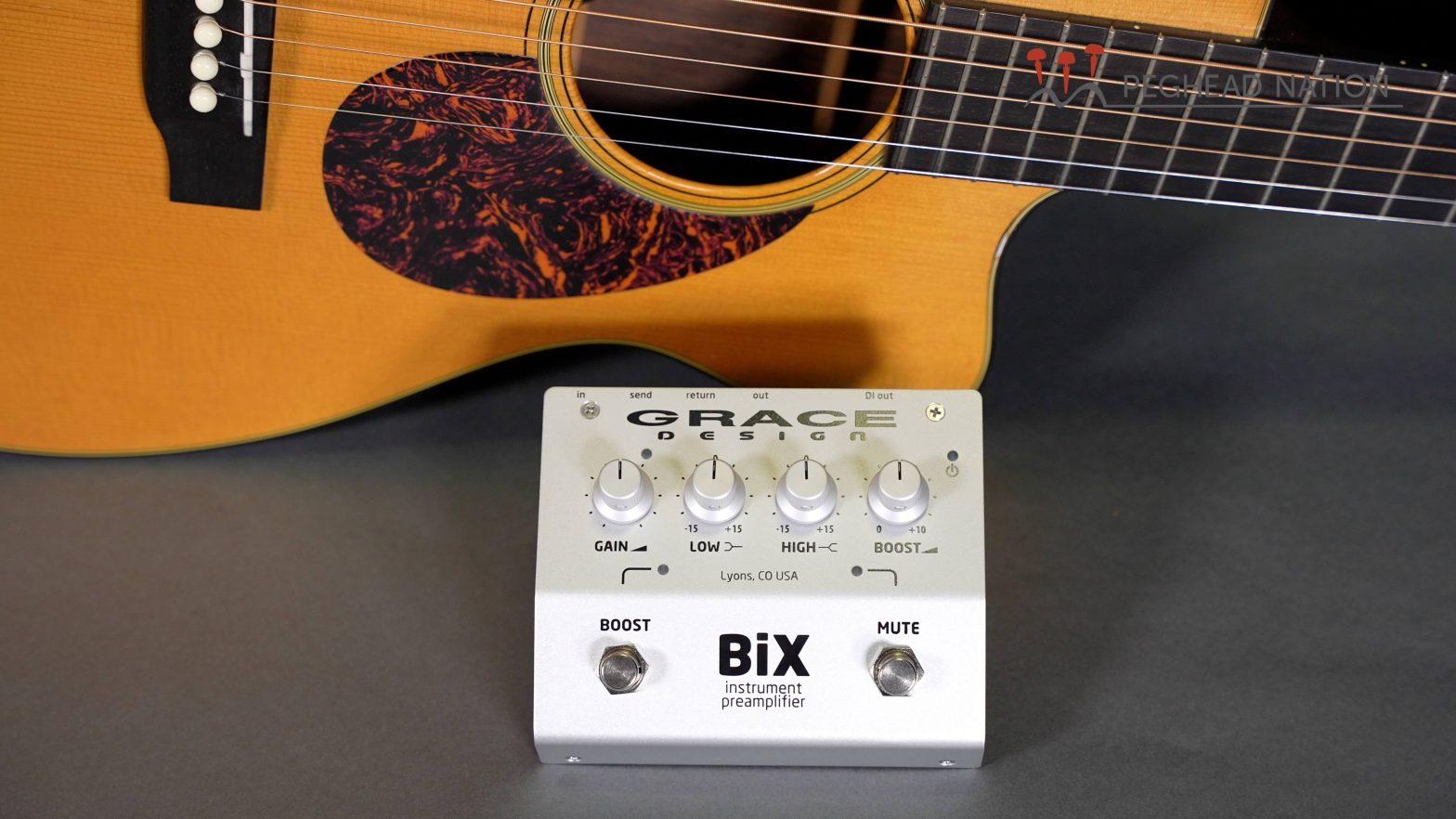 |
Grace Design BiXA compact, yet high-quality preamp/DI with basic controls. Read More |
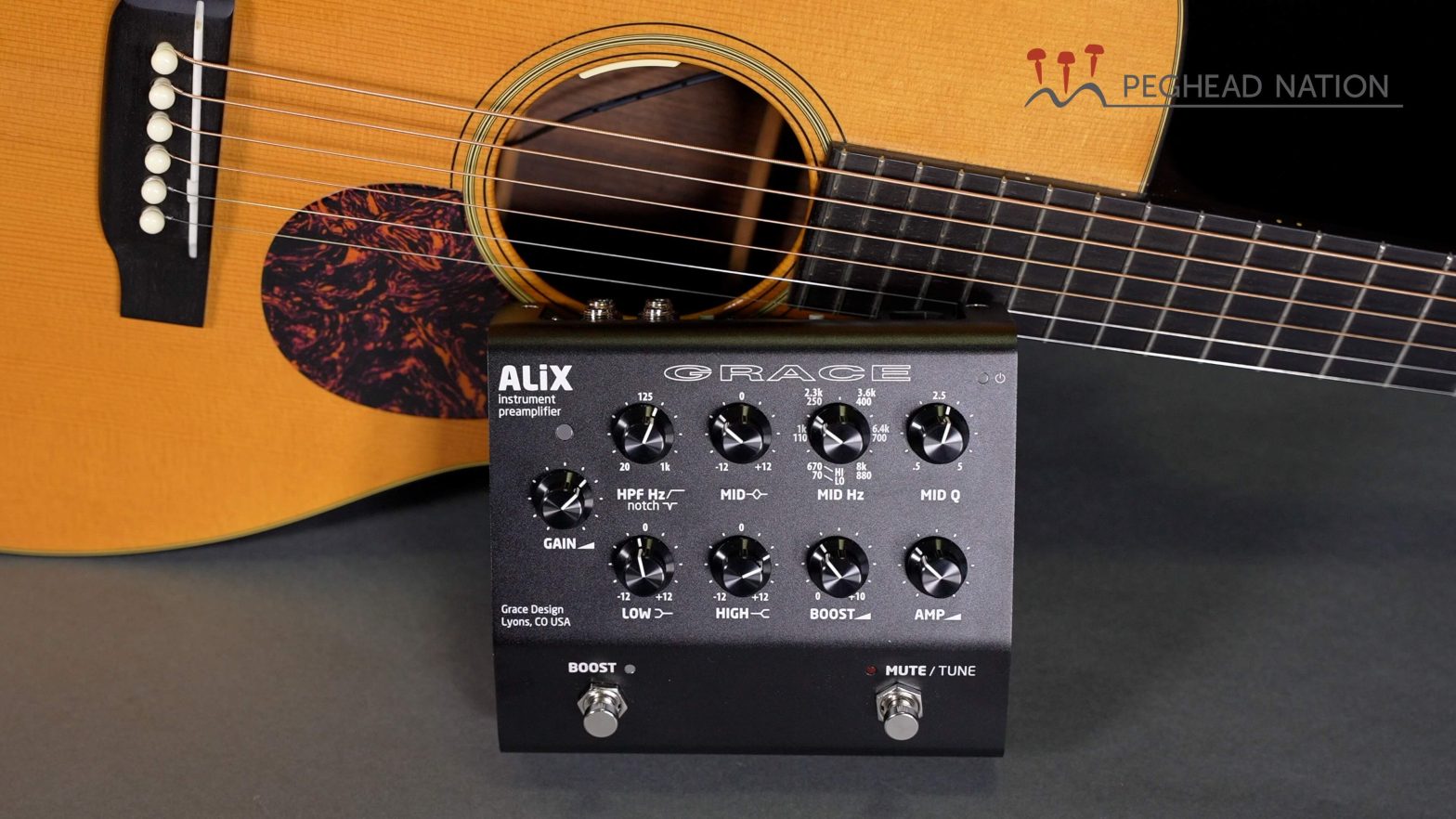 |
Grace Design ALiXA high-quality preamp/DI pedal with extensive tone-shaping tools. Read More |
 |
Grace Design FelixA great-sounding two-channel instrument preamp with a bevy of smart features. Read More |
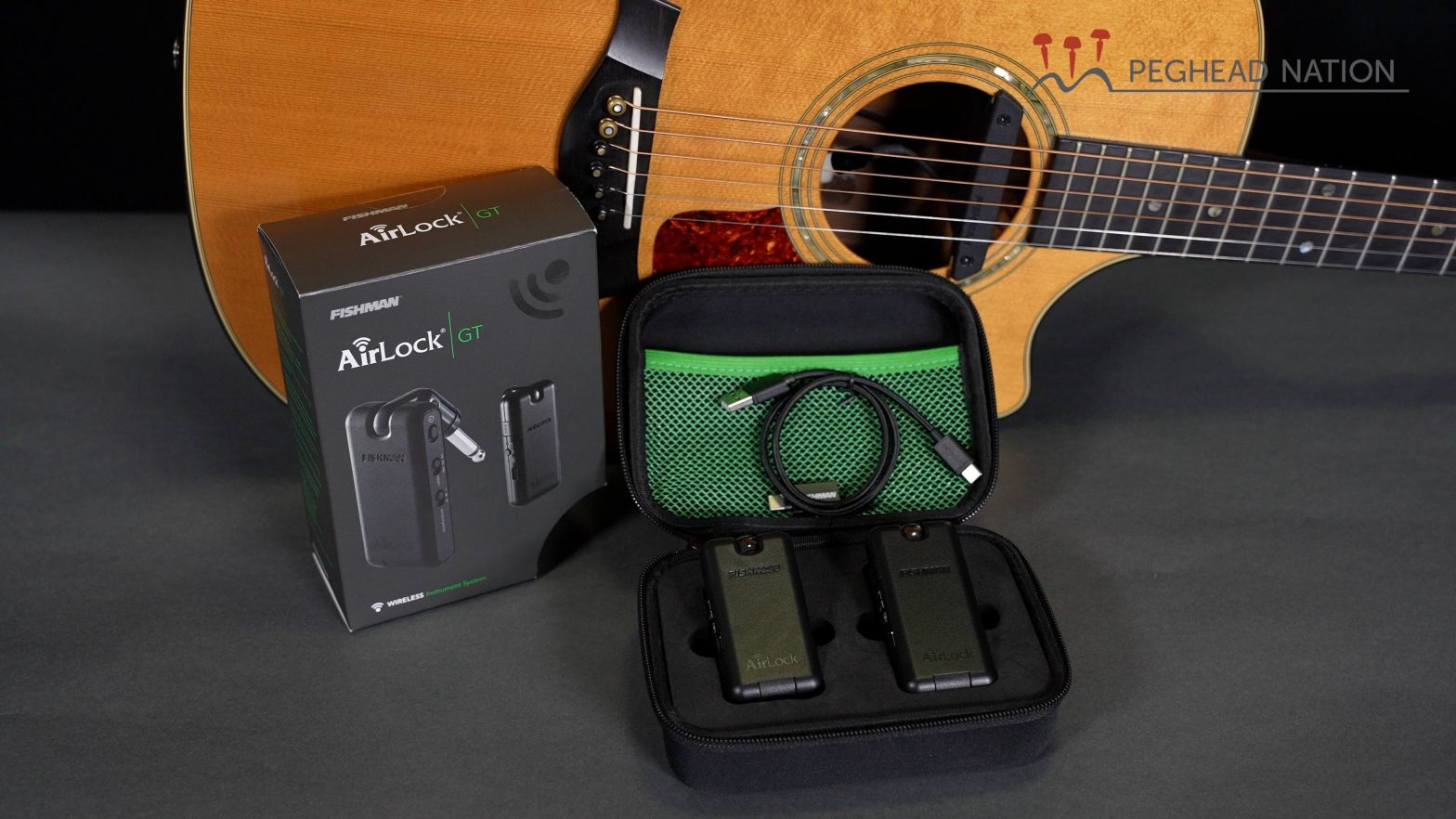 |
Fishman AirLock GTA compact, flexible, and user-friendly wireless system. Read More |
 |
L.R. Baggs Para DI Limited Gold EditionL.R. Baggs celebrates the company’s 50th anniversary with a special edition of a famous preamp. Read More |
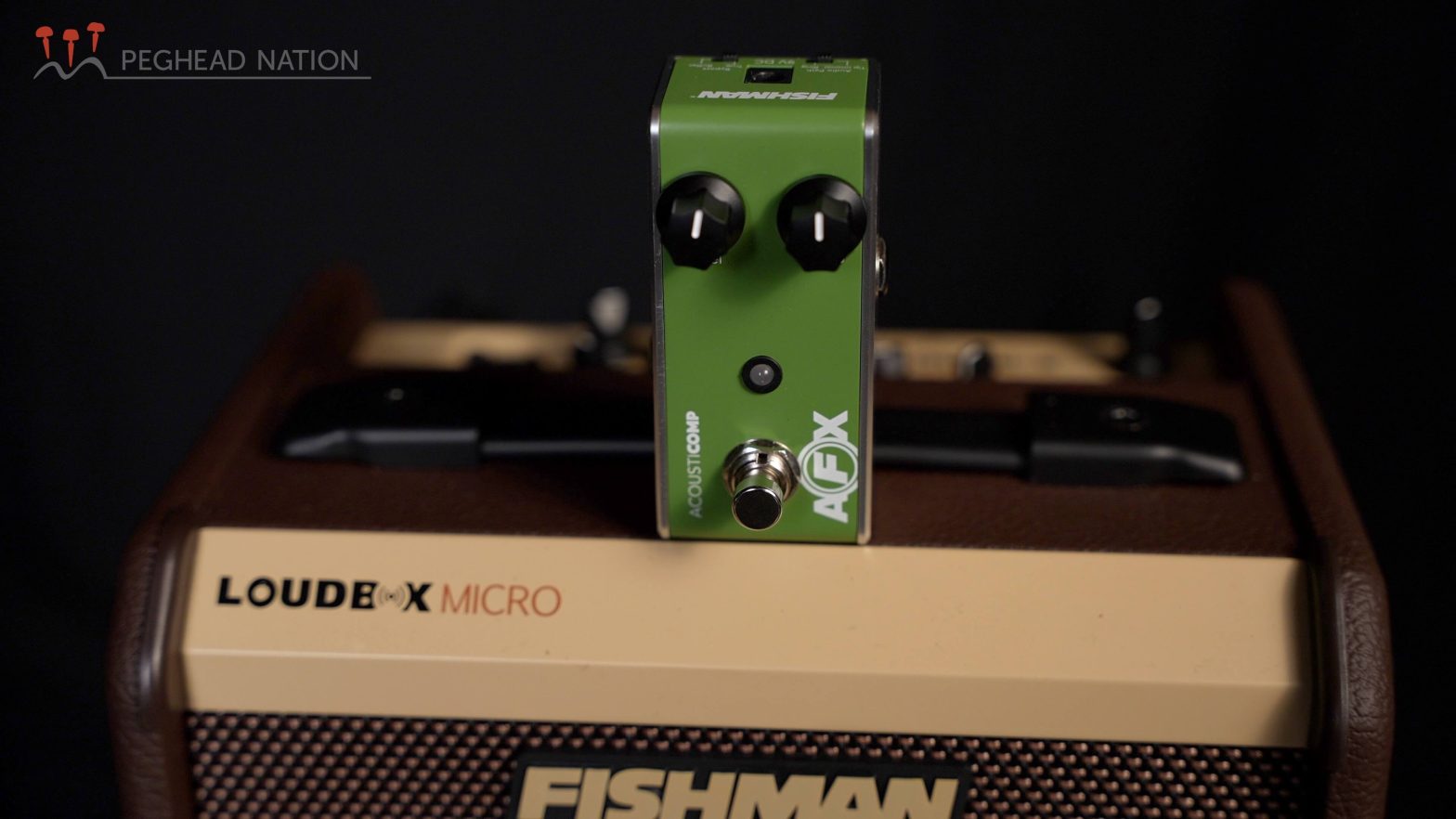 |
Fishman AFX AcoustiComp MiniA straight-forward compressor pedal made for acoustic-electric instruments. Read More |
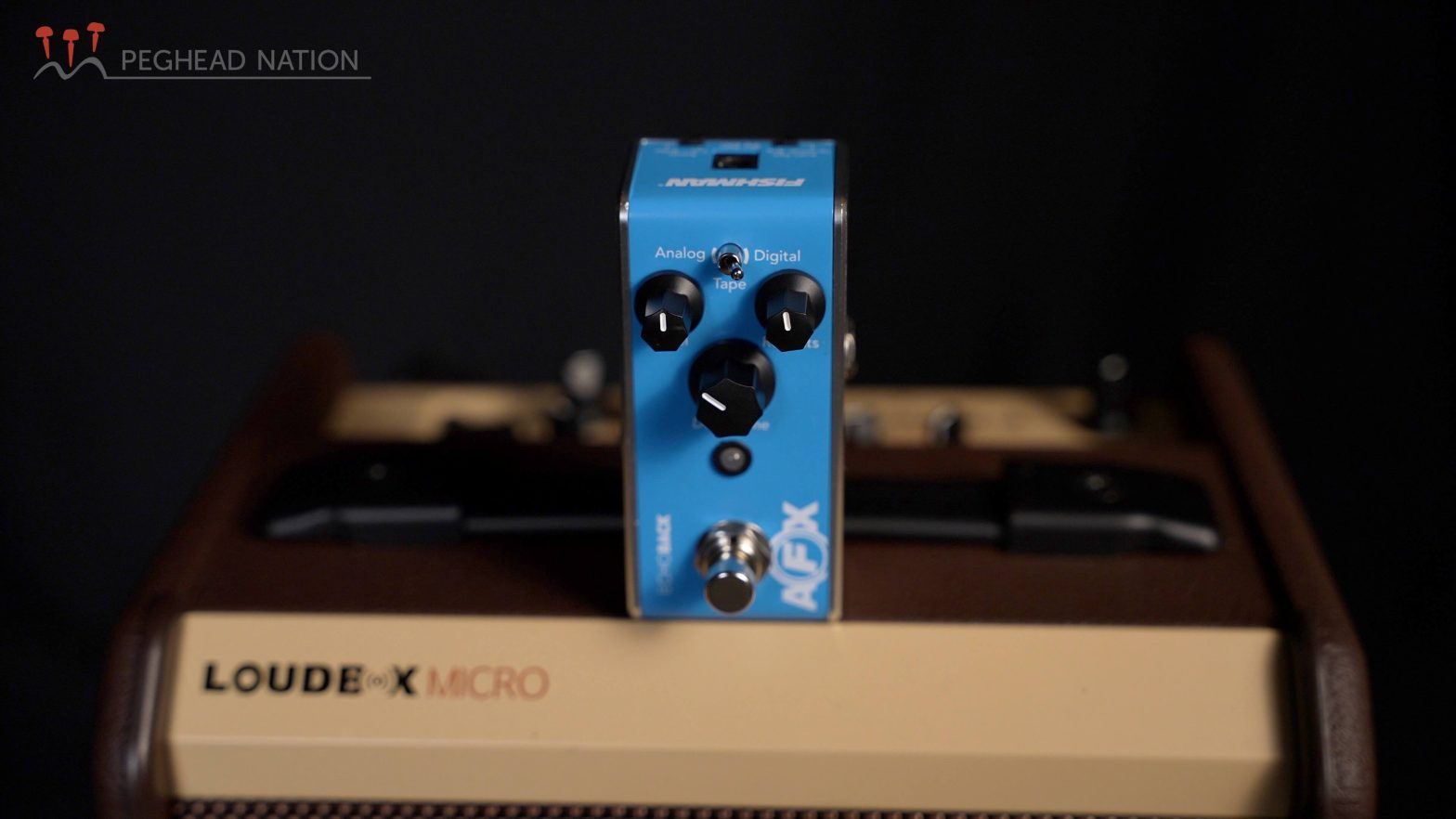 |
Fishman AFX Mini EchoBackA great-sounding, compact delay pedal made for acoustic-electric instruments. Read More |
 |
Fishman AFX BlueChorus MiniFishman launches three additions to its line of AFX Mini pedals, including a smooth-sounding chorus effect. Read More |
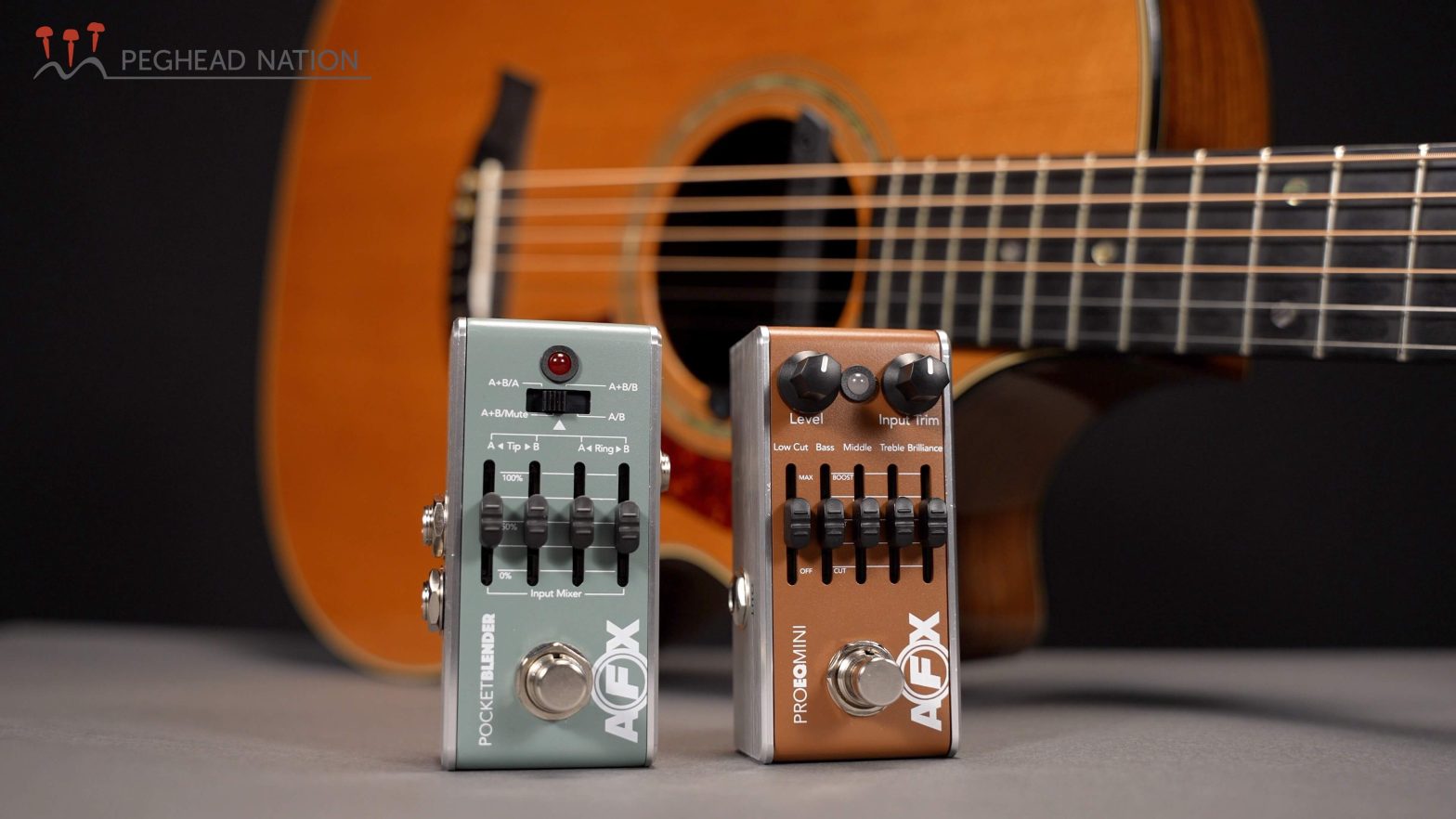 |
Fishman AFX Pocket Blender Mini and AFX Pro EQ MiniA deep-dive into Fishman’s new signal routing and graphic equalizer pedals. Read More |
 |
LR Baggs HiFi Pickup SystemDual bridge plate sensors and an onboard preamp yield a natural sound for steel-string flattops. Read More |






